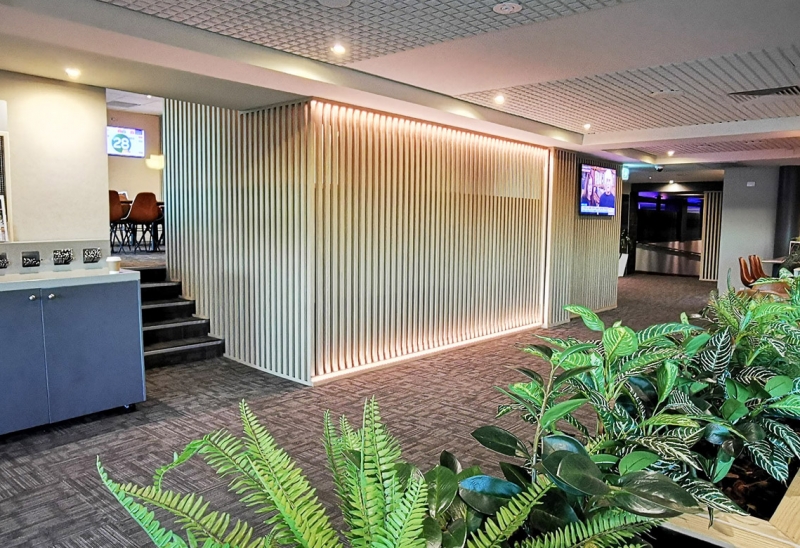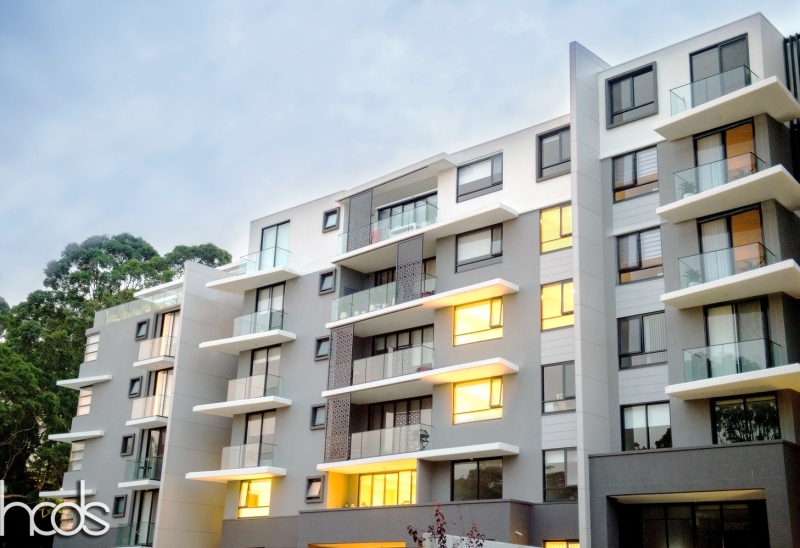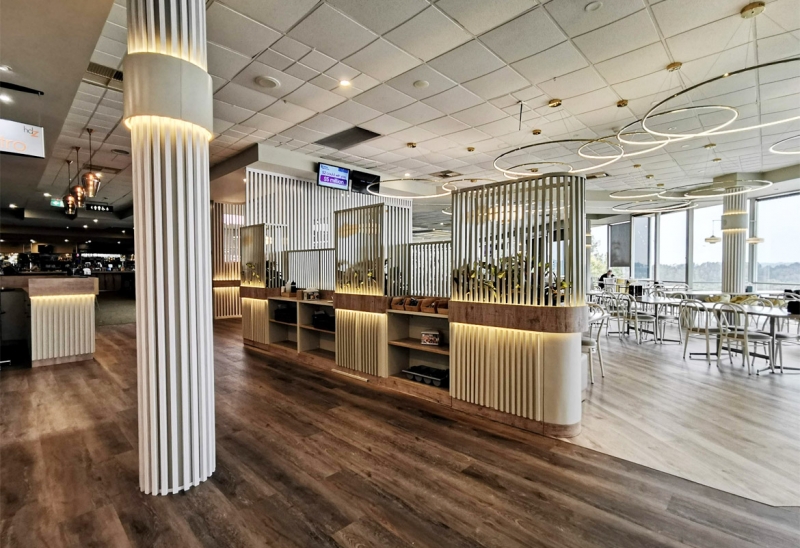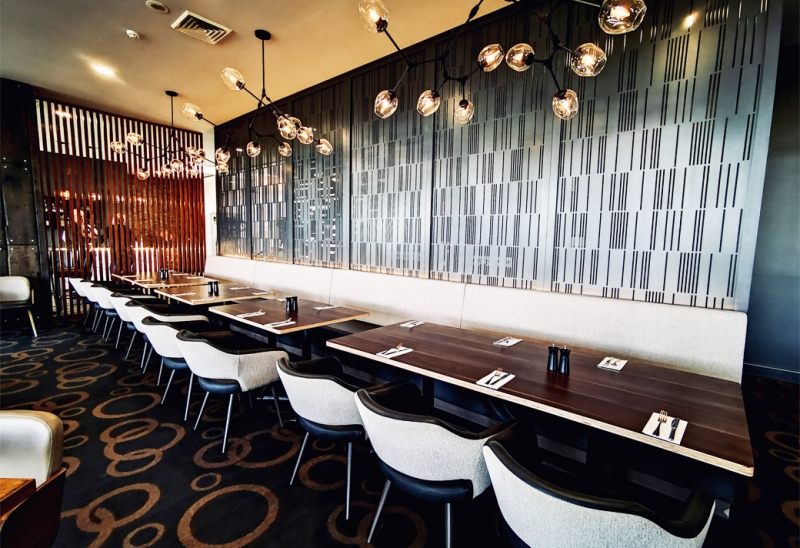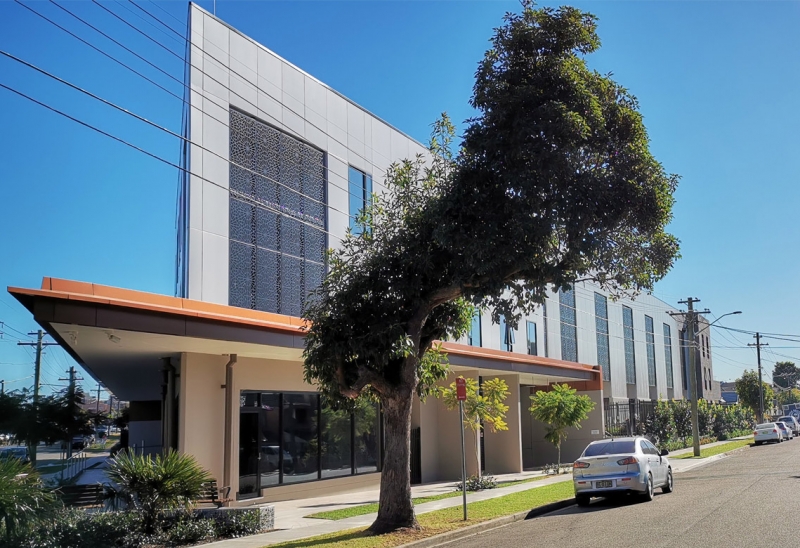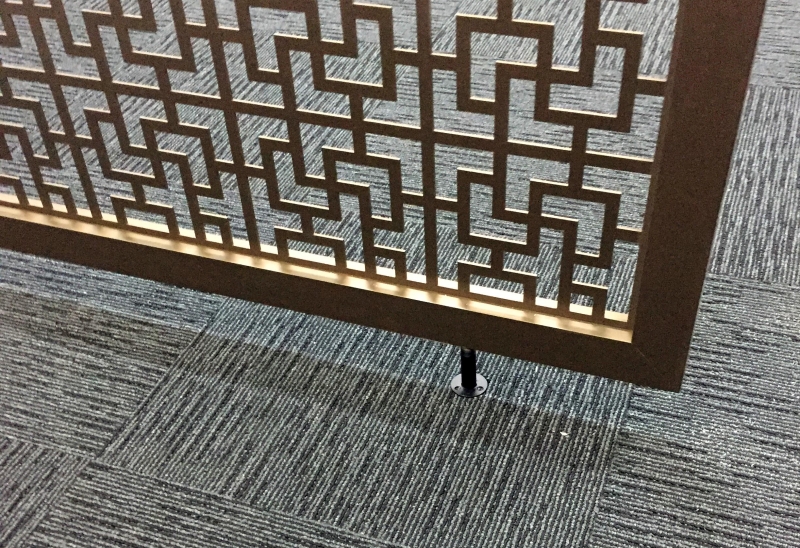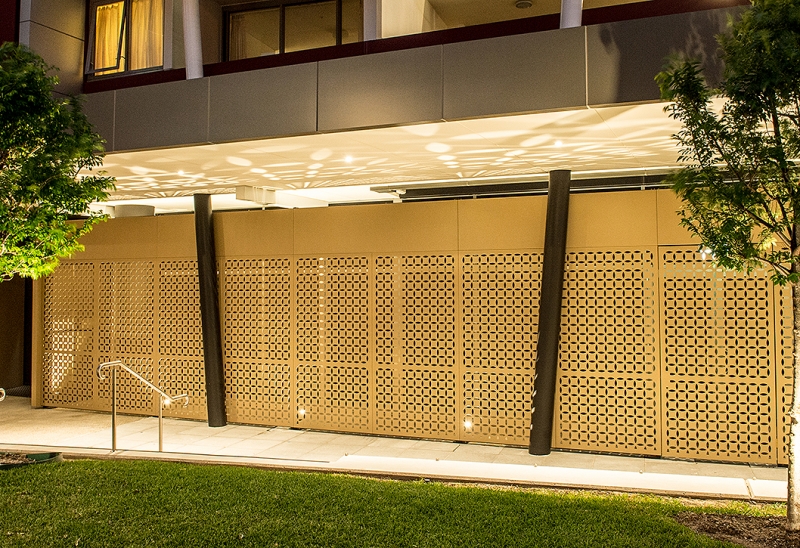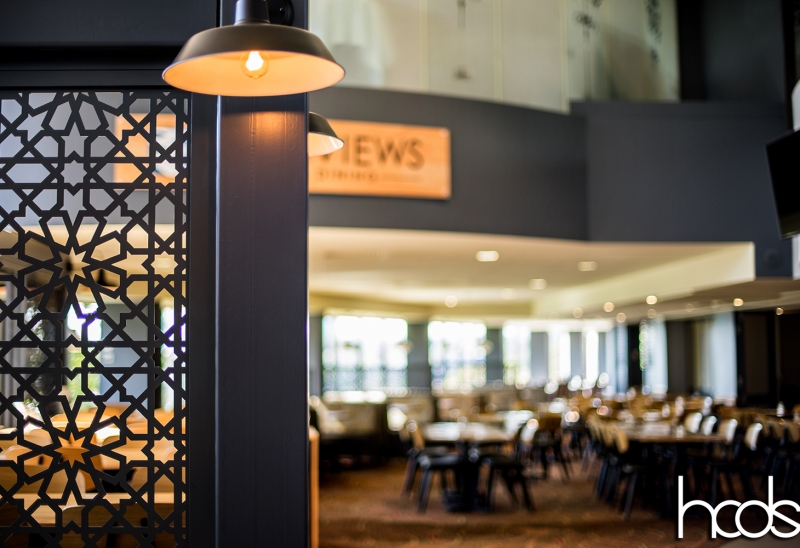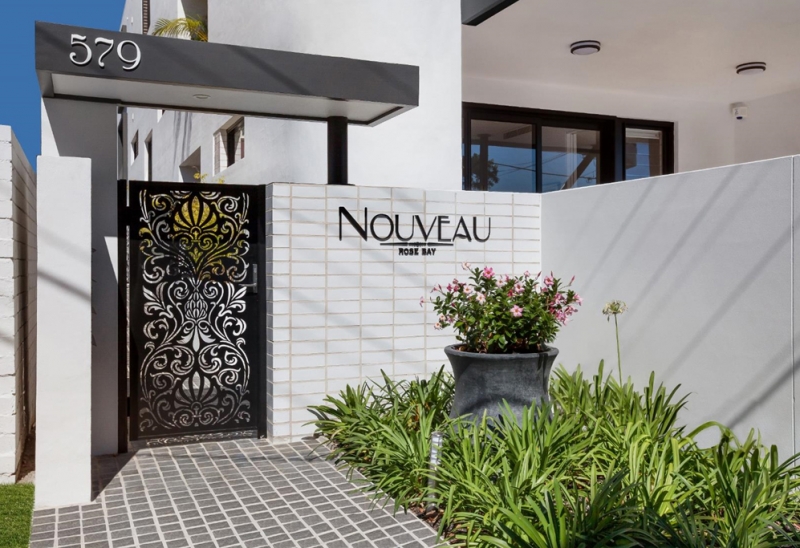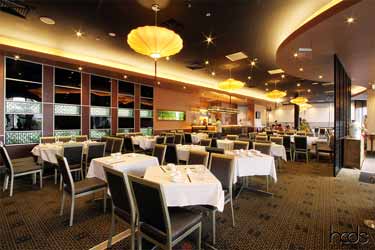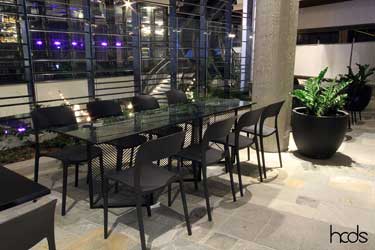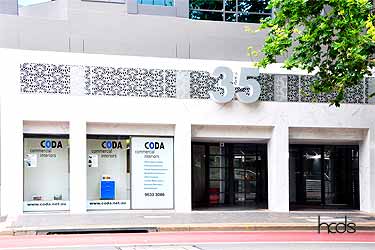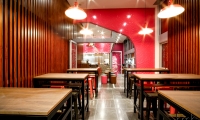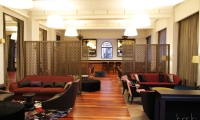Laser Cut Screens - What You Need To Know
Laser cutting is the process of cutting a sheet of material following a certain pattern or design through a laser cutter. It has become one of the favorite processes of home owners and screen makers since it allows for whatever designs one has in mind to be replicated onto the sheet of material. The laser cutter is able to replicate designs through the process of burning and melting the sheet of material. The laser cutter leaves a hole in the process – which follows the pattern or design desired.
The material used for laser cut screens may vary but the most commonly used materials include aluminum, plywood, steel and fiberboard with medium density. Any of these materials can be laser cut and made into screens. They can come in many sizes depending on one’s needs.
Laser cut screens have made it into the market because of precise and highly detailed designs. This is because laser cutters make use of designs and patterns translated from computer software. The use of computer software in making designs and patterns is much more superior compared to the conventional way of sketching or drawing designs and patterns. Drawing and sketching still prove to be useful in the initial phase of coming up with designs which include looking for inspiration or simply rendering what clients describe as their ideal laser cut designs and patterns. However, when it comes to the actual process of making the screen, computer generated laser cut screen designs are preferred.
Selecting a Product
Be clear about what you want to screen – is it just photographic or is it acoustic as well? Create a list of necessities your privacy screen must meet.
Entry spaces can truly benefit from the use of privacy screens. This is one area where they are becoming increasingly popular.
Decorative privacy screens can be utilized to divide large open plan spaces to generate ‘visual’ rooms. They can also be used to create an acoustic ceiling or wall lining in high noise areas.
There are numerous graphic styles and concepts you may choose from, so think about which style would optimally suit the interior look and feel of your own home. A screen is a sculptural bit which you can style in a really personal way; you may even desire to have a family picture laser-cut into the design.
Today’s material options and styles are numerous, and seeing contemporary architectural materials meeting with customary concepts is nothing short of remarkable.
There are some privacy screen materials that require some amount of care. In choosing the material of your privacy screens, make sure you think about how it is maintained to ensure that you will be able to properly maintain it in the future.
Compare the costs and quality of all these materials. Choose a privacy screen that is within your budget without compromising the quality.
HCDS is a growing company in the field of producing quality and cost effective aluminium screens. We endeavour to deliver the most cost effective way of moulding Aluminium Screens to help our customers outdo their competitors with an exhilarating play of shadow and light.
We specialise in manufacturing a broad range of steel and Aluminium fixed and adjustable louvres, security and shade solutions for homeowners, lattice and slatting products to provide state-of-the-art privacy, plantation shutters, home renovators, project builders, property developers, architects, commercial and industrial property owners along with councils.
With every piece of our steel and aluminium shade, privacy and screening produces custom-made and manufactured to your terms, we offer complete tractability not only in design, but also in selections of colours, styles and sizing.
Selecting a Design
Information You Need to Know
Ordering a Screen
Latest News
Well Framed Screens For A Range Of Applications
Displaying your brand identity can be as easy[...] Read More
The Designers Alternative To Traditional Privacy Screens
Are you in need of movable screens? These[...] Read More

